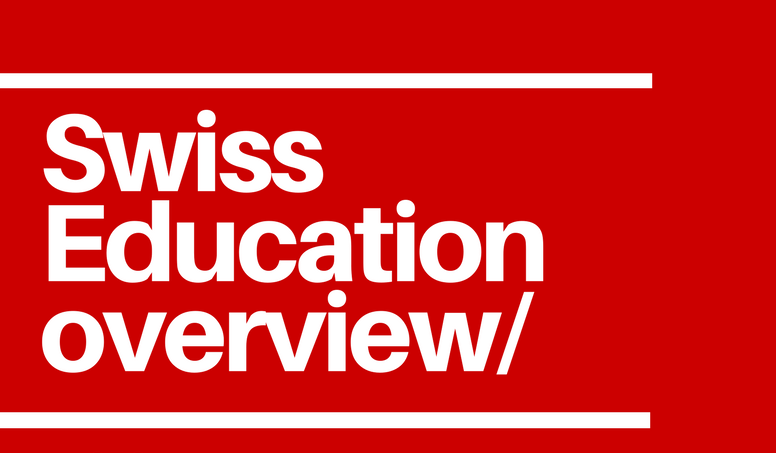We use cookies to improve your online experiences. To learn more and choose your cookies options, please refer to our cookie policy.

Switzerland has not one, not two, but four national languages: German, French, Italian, and Romansh. And it’s not like the distribution of native speakers is extremely skewed towards any single language – just over 60% speak German, some 22% speak French, about 8% Italian, and 0.6% Romansh. It’s not a surprising consequence then that there is a multilingual component to the educational model as well, with foreign language instruction often beginning at early grades. Bilingual education is shown to have a variety of benefits for students, including improved proficiency in both spoken languages, superior problem-solving abilities, higher executive function, and of course the inherent advantage of speaking two languages.
One of the most unique aspects of the Swiss model is the “Berufslehre,” or apprenticeship. Right after finishing elementary, students have the option of either going straight to secondary school, or starting an apprenticeship. Through this apprenticeship, students are trained at a company in an occupation of their choi
ce for anywhere between two and four years. Apprenticeships run the gamut from carpenter and mechanic, to baker and secretary – there’s certainly something for everyone. And apprenticeships aren’t just padding for one’s resume – as soon as a student completes their apprenticeship, and pending certain educational requirements, they can start working!
Many educational systems are rigid, in that there’s only one real path to take between levels. The traditional outlook for any student is one that goes from elementary, to secondary, to tertiary, with no real alternatives, and that’s pretty much how everyone will do things.
The Swiss model, on the other hand, is characterized by its flexibility, and the many options for students at various levels that allow for freedom of movement. Initially, we’ve already discussed the apprenticeship system, which is already a straight alternative to pursuing secondary education right after elementary. But right after apprenticeship, rather than going to work, students may still proceed to tertiary education at one of the many “Fachhochschulen,” or Universities of Applied Sciences, depending on the career path they desire.
Meanwhile, going back to secondary school, students can choose their “Gymnasium” – not quite a gym as English speakers would know it, but rather a middle school, with different options depending on what students want to focus on. Students may proceed to secondary school after elementary, or can do so if they wish after attending an apprenticeship.
Given all these advantages, plus the fact that there are tens of thousands of international students in Switzerland, it’s almost a tempting prospect to send your child all the way back there to get started! However, the Swiss educational model has started spreading its wings and laying the groundwork in various other countries as well.
Right here in Dubai, Swiss International School Dubai makes use of the Swiss model, complete with bilingual instruction in English/German and English/French, as well as the rich International Baccalaureate curriculum, whose birthplace was also in Switzerland.
Dubai is a rising star in the Middle East, and a multicultural melting pot in the region that will ensure your child is immersed in a truly globalized environment, while receiving some of the best education they can get. What part of the Swiss model do you think is the most advantageous for your child? Do you think that the Swiss model’s flexibility is essential in the current working environment?